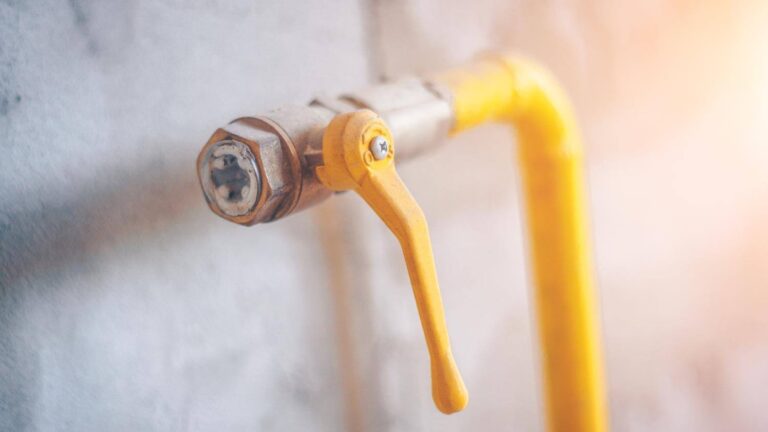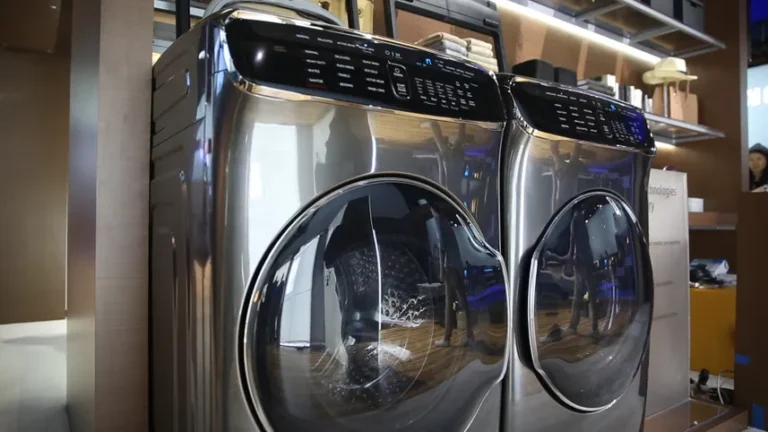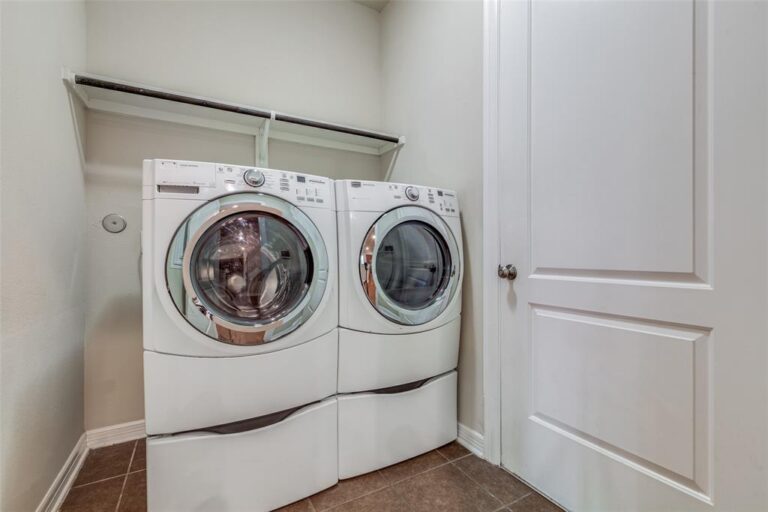Troubleshooting and Fixing a Gas Dryer not Heating
Key Takeaway:
Before delving into the details, remember that a gas dryer not heating can be caused by various factors. To identify and fix the problem, you’ll need to perform a series of checks on components such as the gas supply, igniter, coils, thermostats, fuses, timer, and flame sensor. Utilizing a multimeter for these checks can be incredibly helpful. We’ll guide you through these steps in this comprehensive troubleshooting guide.
I. Introduction
A gas dryer not heating is a common issue that many homeowners face. In this article, we will address this problem, emphasize the importance of identifying and fixing it, and explore the variety of potential causes.
When your gas dryer unexpectedly stops producing heat, it’s a cause for concern. We’ll dive into the intricacies of troubleshooting and fixing this problem, ensuring that your appliance is back to efficient operation. This guide covers advanced aspects, keywords, and best practices for addressing this common dryer repair issue. Read about how does a gas dryer work guide.
II. Gas Dryer Heating Issues
When troubleshooting a gas dryer not heating, you’ll want to start with a few key checks.
A. how to Check the Gas Supply, Burner Igniter, and Coils?
- Verify the Gas Supply Connection: Ensure that the gas supply to your gas dryer is securely connected and operational. Sometimes, a seemingly minor issue like a loose or disconnected gas line can disrupt heating. When verifying the gas supply connection, it’s essential to ensure that the gas valve is open and functioning correctly.
- Examine the Burner Igniter: Advanced diagnostics involve observing the burner igniter for activity. It should not only glow but also ignite the gas. If it’s not functioning as expected, it may need replacement. Take note of the specific resistance range when testing the igniter to ensure it’s within the correct parameters.
- Determine the Condition of the Gas Valve Coils: Gas valve coils play a pivotal role in regulating gas flow to the burner. If they are inconsistent or faulty, it can result in inconsistent heating. Employ your multimeter for these checks, ensuring that they operate seamlessly. A reading outside the standard coil resistance range could indicate a problem that necessitates replacement. Check gas dryer shut off valve guide.
B. how to do Multimeter Checks?
Using a multimeter is an invaluable skill when it comes to diagnosing gas dryer heating issues. Here are some components to check:
- High-Limit Thermostat: The high-limit thermostat is a critical safety component. Advanced users should test it for continuity, but also understand its role in preventing overheating. When using a multimeter, ensure that the thermostat switches between open and closed circuits as it reaches its designed temperature range.
- Operating Thermostat: Delve into the intricate details of the operating thermostat by testing its continuity. This component is essential for maintaining the dryer’s internal temperature. Monitor the resistance changes as you adjust the thermostat’s setting, ensuring it functions correctly across its range.
Also read about electric dryer not heating comprehensive guide.
III. Individual Components Inspection for gas dryer not heating
Let’s delve deeper into inspecting specific components that may be the cause of your gas dryer not heating.
- High-Limit Thermostat
- Operating Thermostat
- Thermal Cut-Off Fuse
- Thermal Fuse and Lint Clogs
- Timer
- Igniter
- Flame Sensor
A. High-Limit Thermostat
how to Check the High-Limit Thermostat for Continuity?
Disconnect the wires and test for continuity using a multimeter. Understand that the high-limit thermostat acts as a failsafe, shutting off the heating element if the temperature exceeds a safe level. Ensure the thermostat opens and closes the circuit as it should within the specified temperature range.
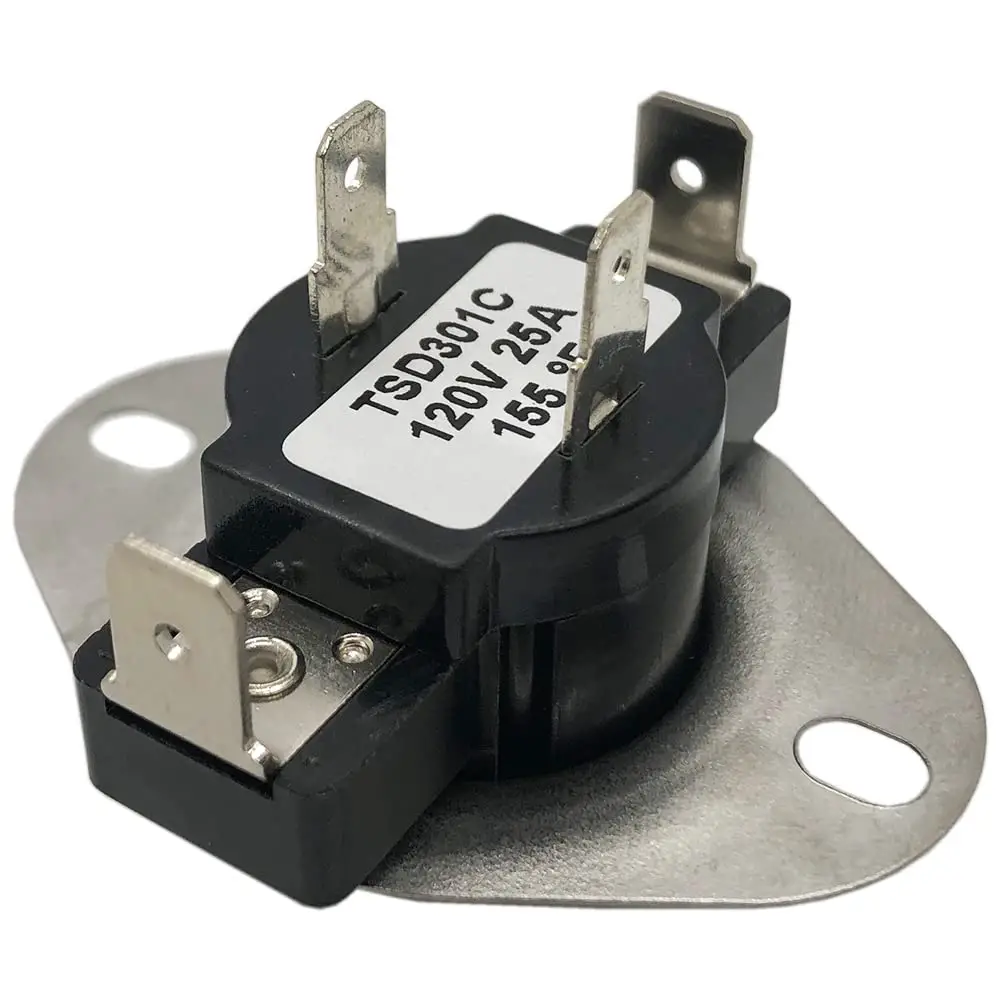
B. Operating Thermostat
what are the Instructions for Testing the Operating Thermostat?
Advanced users can inspect the operating thermostat in detail. It regulates the dryer’s temperature, so a malfunction here can lead to heating problems. Monitor the thermostat’s resistance changes with temperature adjustments to ensure it maintains accurate control.
C. Thermal Cut-Off Fuse
how to Check the Thermal Cut-Off Fuse for Continuity?
The thermal cut-off fuse is a critical safety device. Advanced users should test it for continuity, realizing that it can break the circuit if the dryer overheats. Verify that the fuse functions correctly by testing its continuity and the reset process.
D. Thermal Fuse and Lint Clogs
what is the Importance of a Clean Exhaust Vent?
Going beyond the basics, it’s crucial to understand how a clogged vent can lead to excessive heat buildup. This can damage components and pose a safety risk. Advanced users should perform a thorough inspection of the exhaust vent system and check for any obstructions, ensuring proper airflow.
How to Test the Thermal Fuse?
Advanced diagnostics require testing the thermal fuse for continuity. It plays a significant role in maintaining safe operating temperatures. Confirm that the thermal fuse operates within its specified temperature limits and has proper continuity.
E. Timer
how to Inspect the Timer Using a Multimeter?
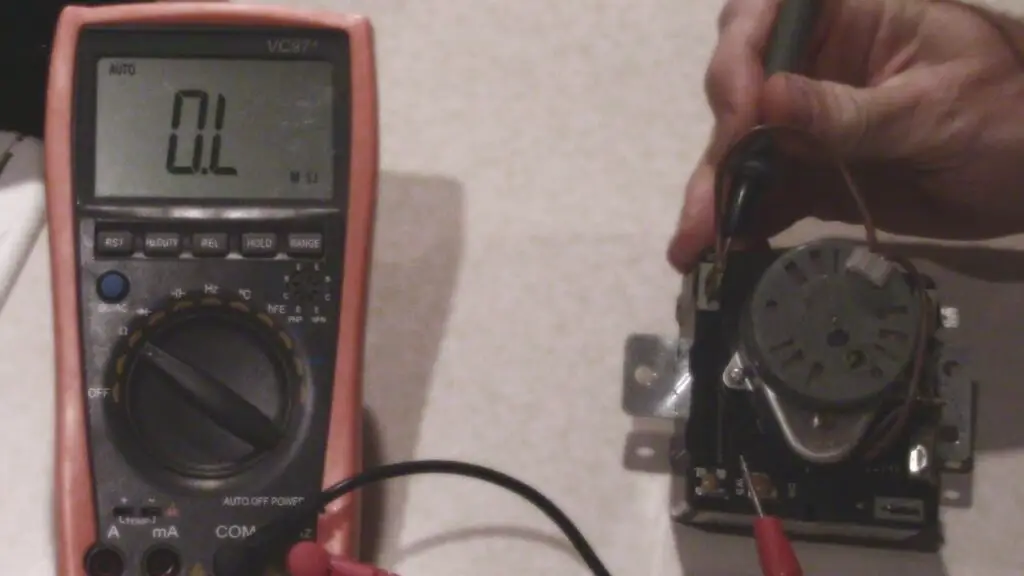
The dryer timer is a central component in controlling the dryer’s cycles. Advanced users should understand how to check it for continuity to ensure it’s functioning accurately. Verify that the timer accurately switches between open and closed circuits at various time settings.
F. Igniter
How to Check the Igniter for Continuity?
Beyond simply checking if it’s glowing, advanced users should explore the intricacies of igniter operation, such as the specific resistance levels for continuity. Ensure the igniter’s resistance falls within the manufacturer’s specified range to confirm its proper operation.
G. Flame Sensor
what are the Instructions for Testing the Flame Sensor?
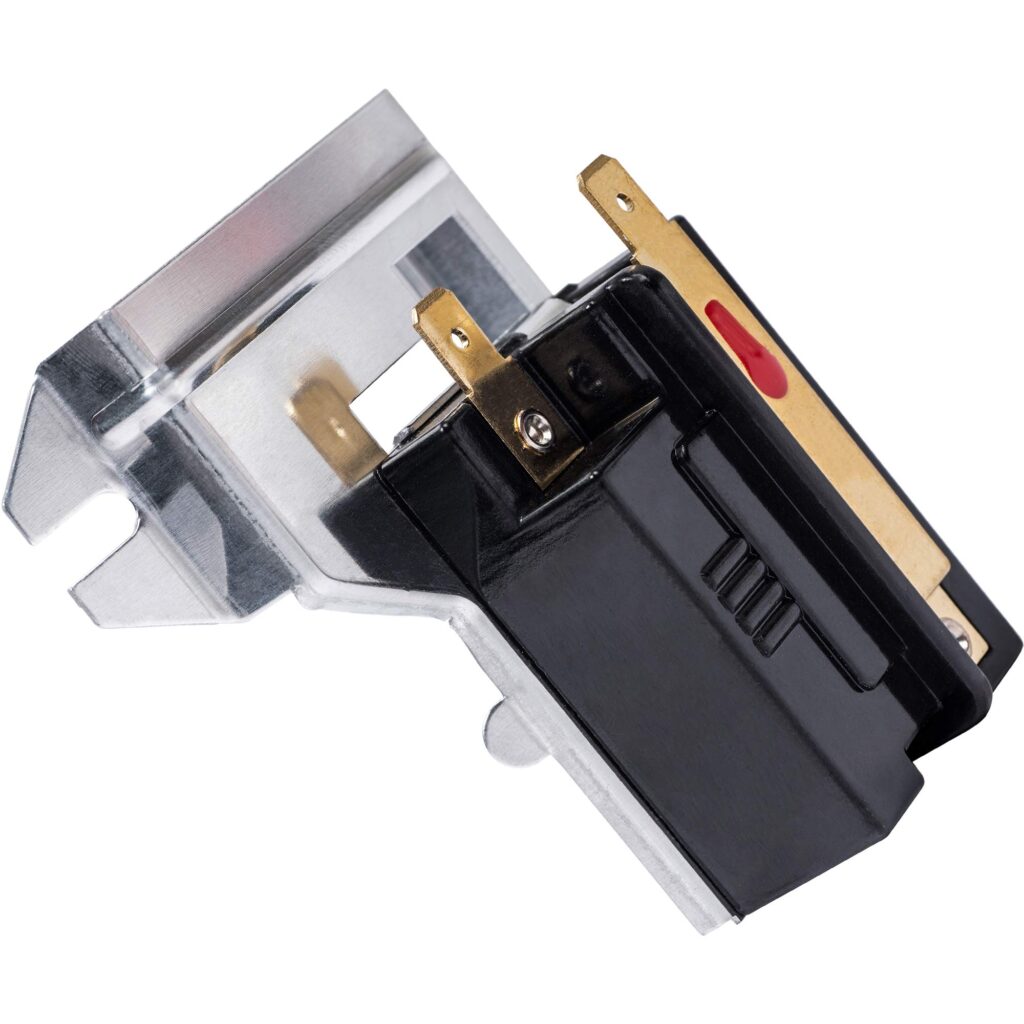
Delve into the advanced aspects of flame sensor testing, as it’s crucial for monitoring the burner’s operation and ensuring safety. Confirm that the flame sensor operates as expected, detecting the presence of a flame and responding with appropriate continuity changes.
IV. Troubleshooting Steps Summary
To summarize the advanced troubleshooting steps for diagnosing a gas dryer not heating:
Advanced users should conduct comprehensive checks, including multimeter tests, on components like the high-limit thermostat, operating thermostat, thermal fuses, timer, igniter, and flame sensor.
V. Conclusion
In conclusion, addressing a gas dryer not heating is a complex task that requires in-depth understanding and advanced diagnostic skills. A well-maintained gas dryer ensures your clothes dry efficiently, saving both time and energy.
By following these advanced troubleshooting steps, you can potentially save on repair costs and enjoy the satisfaction of a DIY dryer repair, all while optimizing your dryer for peak performance.
Frequently Asked Questions about gas dryer not heating
1. Why is my gas dryer spinning but not getting hot?
If your gas dryer is tumbling but not producing heat, it’s likely due to a malfunctioning heating component. This could include issues with the igniter, thermal fuses, or gas valve coils. Advanced diagnostics, as outlined in this guide and read dryer not spinning blog, can help you pinpoint the exact cause and take the necessary steps to resolve the problem.
2. How do I know if my gas dryer flame sensor is bad?
To determine if the flame sensor is the issue, use a multimeter to test for continuity. If the multimeter doesn’t show continuity, it’s an indicator that the flame sensor may be faulty and should be replaced.
3. What is the most common problem with gas dryers?
The most common problems with gas dryers often revolve around the heating system. Issues with the igniter, thermal fuses, or gas valve coils are frequently encountered. This guide delves into the advanced details of these components and how to address them effectively.
4. Why is my gas dryer only blowing cold air?
When your gas dryer is delivering only cold air, it indicates a heating problem. The issue could be related to the igniter, thermal fuses, or gas valve coils. Advanced diagnostics, as discussed in this guide, are essential for identifying and resolving the root cause of this problem.


